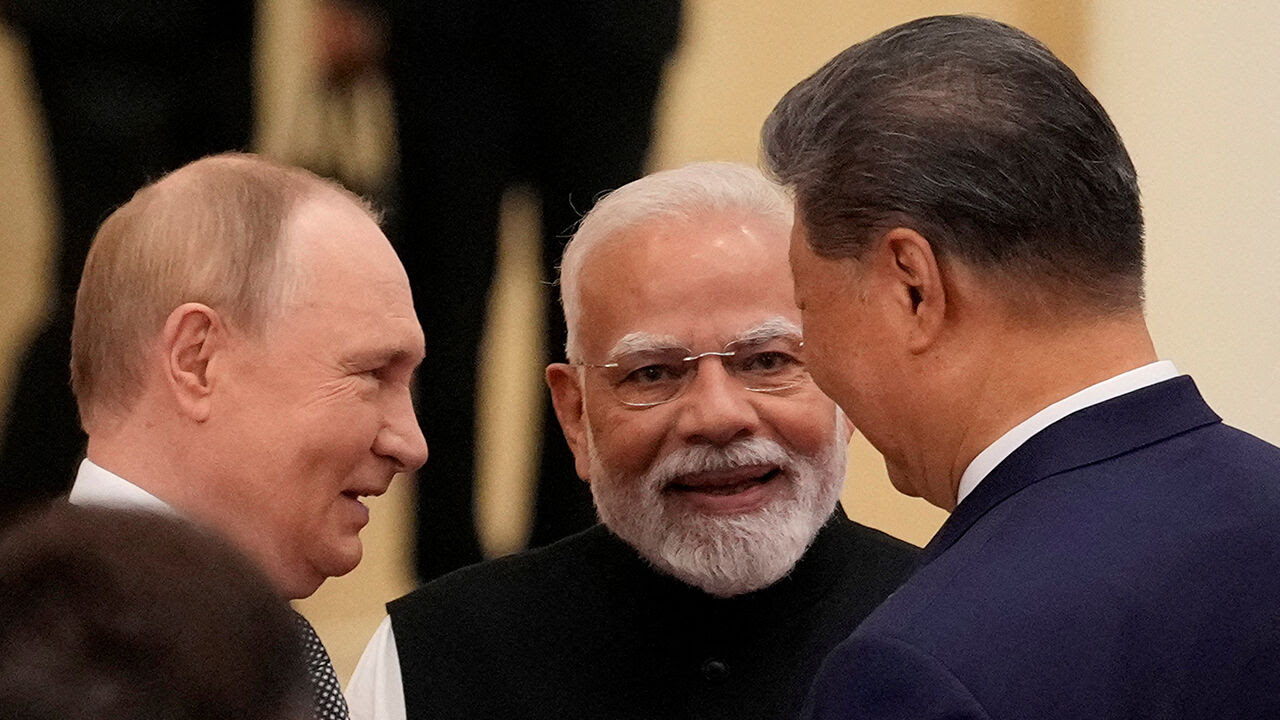-By LeN Diplomatic Correspondent

(Lanka-e-News -02.Sep.2025, 11.00 PM) Tianjin, China – The 25th Head of State Council Meeting of the Shanghai Cooperation Organisation (SCO), held in Tianjin from 31 August to 1 September, was more than a diplomatic gathering. For Beijing, it was a theatre of power projection, a celebration of its self-styled “New Order,” and a curtain-raiser to the Chinese Victory Parade on 3 September.
The summit drew leaders from across Eurasia, including Russian President Vladimir Putin, Indian Prime Minister Narendra Modi, Pakistani representatives, and a host of Central Asian leaders. With 27 countries represented, the scale was a testament to China’s growing gravitational pull in a region where alliances are shifting and trade wars simmer.
President Xi Jinping used the SCO platform not only to highlight Chinese leadership but also to consolidate relationships amid global tensions. His pledge of $1.4 billion in green energy funding was carefully framed as both benevolence and leverage – a reminder that Beijing’s Belt and Road vision now comes with a climate-friendly narrative.
The timing of the summit, just days before the Victory Parade, was no accident. China sought to fuse its wartime memory with its modern-day rise, underscoring its message: Beijing intends to lead a multipolar order, no longer playing second fiddle to Washington or Brussels.
If Xi was staging the theatre, Modi and Putin were the star guests. For India, the summit was a chance to recalibrate its foreign policy amid its bruising tariff disputes with Washington. The presence of Modi in Tianjin, seated prominently alongside Xi, signalled a potential thaw in the once-frosty Sino-Indian relationship.
For Moscow, battered by Western sanctions and entangled in Ukraine, the SCO offered both symbolism and lifeline – a venue where Putin was not isolated but celebrated. The optics of a handshake between Xi, Modi, and Putin were not lost on global watchers: this was a snapshot of an emerging axis that could unsettle Western strategists.
Among the many smaller nations at the summit was Sri Lanka, represented by its foreign minister. For Colombo, the spectacle in Tianjin was more than diplomatic choreography. As India and China tentatively edge closer, Sri Lanka – long caught in the crossfire of their rivalry – stands to benefit.
A cooperative relationship between Beijing and New Delhi could ease the strain on Sri Lanka’s foreign policy, allowing Colombo to play the role of a strategic connector rather than a pawn. With Chinese investments flowing through the Belt and Road Initiative and India watching closely, Sri Lanka now finds itself in a position where it may extract concessions and partnerships from both sides.
China’s orchestration of the summit, capped by its financial pledges and the spectacle of the Victory Parade, cemented its claim to leadership in Eurasia. Yet, it also opened space for middle and small states like Sri Lanka to manoeuvre.
If New Delhi and Beijing find common ground, Sri Lanka could pivot from being a contested buffer zone to a valued partner in regional stability and economic integration. For a country struggling with debt, recovery, and geopolitical balancing, the SCO’s Tianjin chapter may mark the beginning of a more favourable diplomatic climate.
As one Sri Lankan diplomat in Beijing observed quietly: “When India and China stop quarrelling, Sri Lanka starts breathing easier.”
-By LeN Diplomatic Correspondent
---------------------------
by (2025-09-02 18:41:03)
Leave a Reply